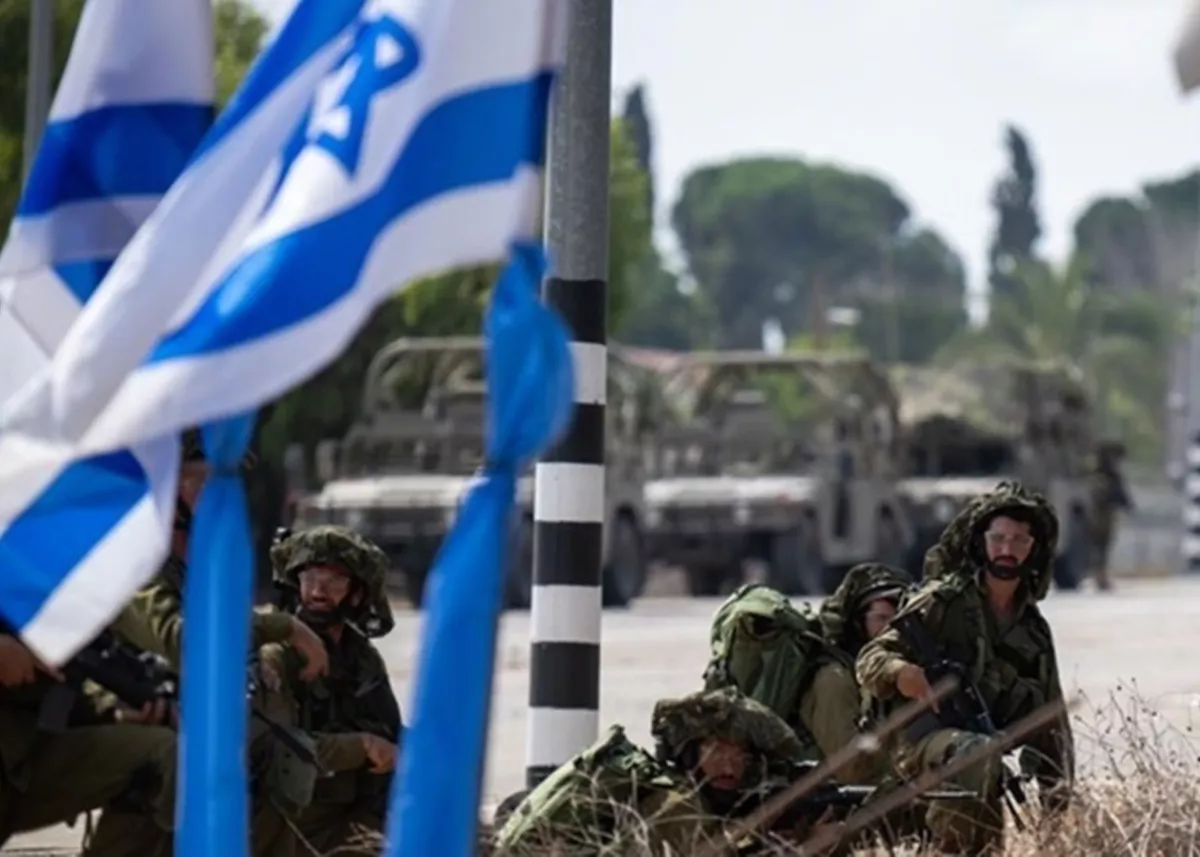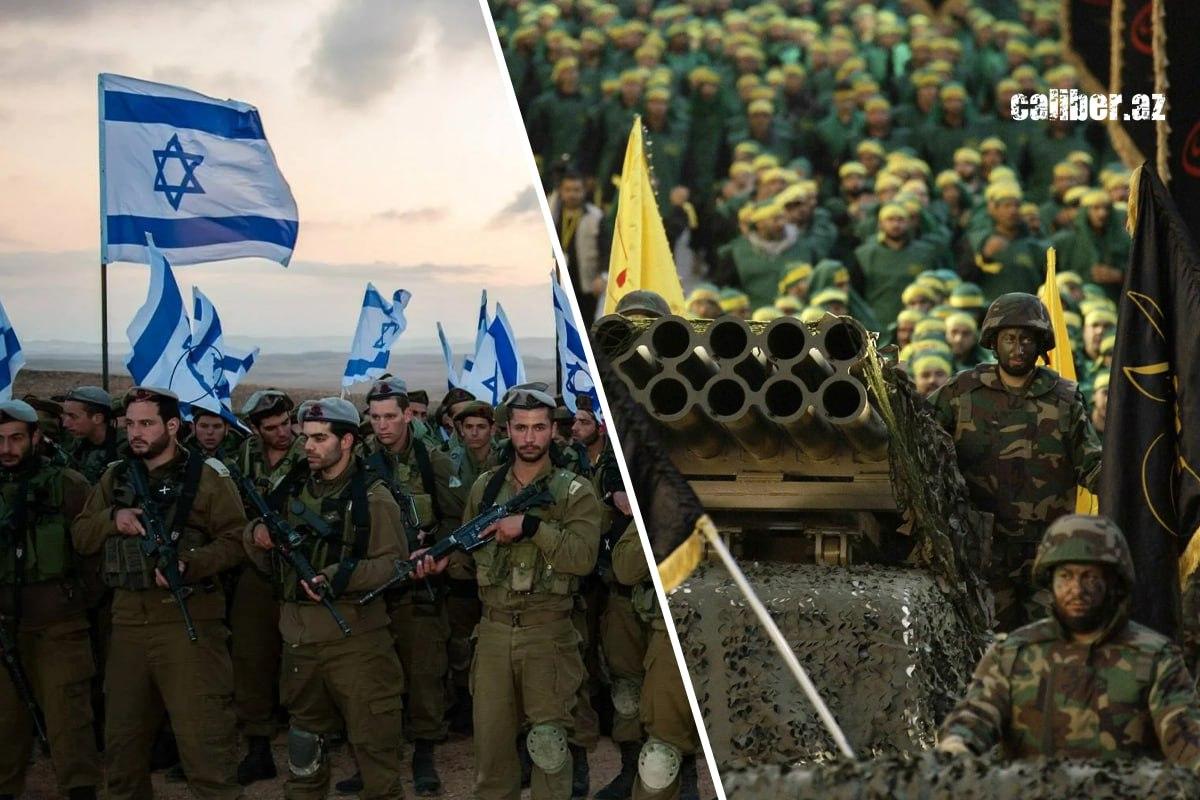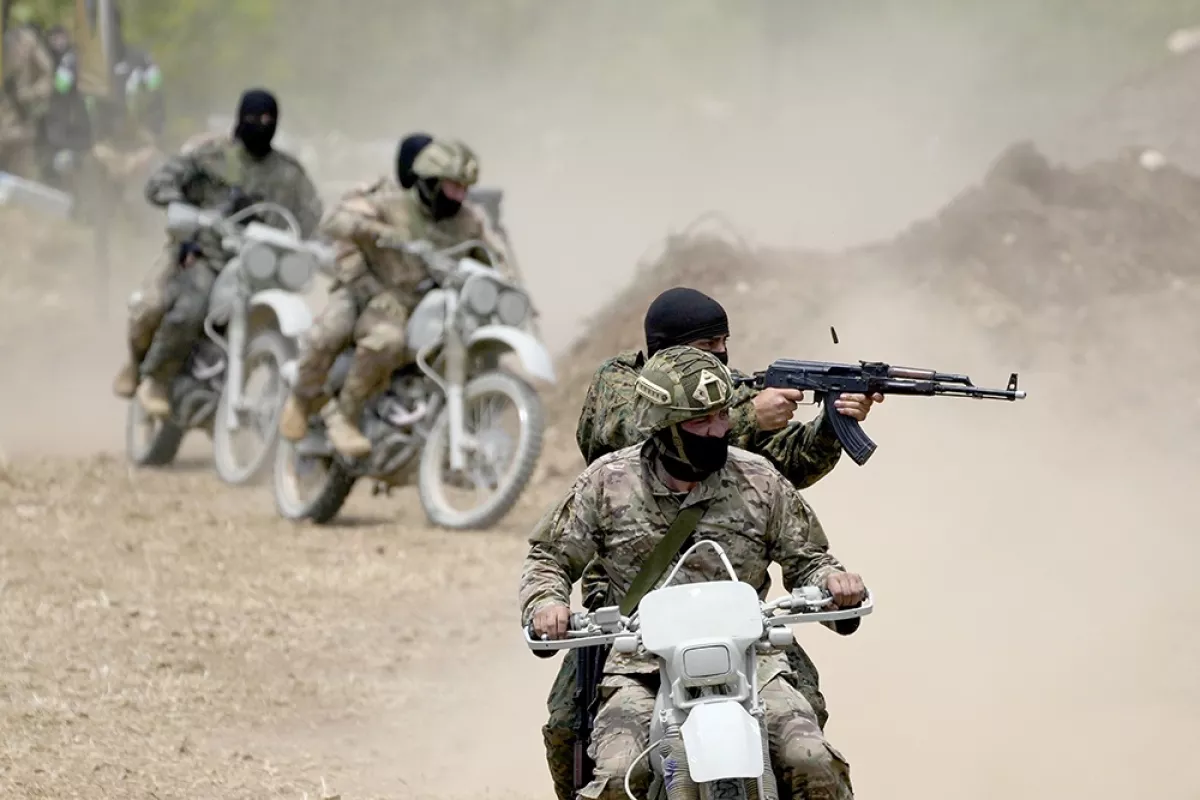Israeli forces in Lebanon: Assessing promises and challenges of ground operation What Lies Ahead?
Israel has launched a ground operation in Lebanon. On one hand, the author of this note is surprised. Lebanon is a bad place for Israel, as its ground army has suffered failures there twice—during the First Lebanon War (1982-2000) and the Second (2006), the latter being officially acknowledged by the Israeli Winograd Commission. On the other hand, a series of successful attacks on Hezbollah's leadership may have convinced Israel that this group, which controls Lebanon, would be a relatively easy target.
In the past, the Israeli army has failed due to Hezbollah's guerrilla warfare. The tactic of creating underground cities where militants could hide, as well as ambushes that awaited Israeli forces, proved successful. The apex of Israeli losses during the 2006 war was the "Battle of Wadi Saluki," where a column of 24 tanks fell into an ambush and was half destroyed.
The author of these lines spoke with Israeli military personnel after the Second Lebanon War, who described the assaults on the small Lebanese town of Bint Jbeil, located right on the border between the two countries. A series of attacks ended in failure; the IDF would enter an empty town and find no one there, only to be struck by an anti-tank missile or a burst of gunfire upon exiting. This cycle would repeat itself: troops would enter, militants would retreat into underground shelters, and so on. The natural landscape of Southern Lebanon—hilly and forested—provides ideal conditions for guerrilla warfare. The underground cities used by Hezbollah are similar to those created by Hamas in the Gaza Strip, serving as shelters and storage facilities.
About two months ago, senior Israeli military officials stated in an interview with The New York Times that the ongoing IDF operation in Gaza, which has lasted nearly a year, has lost its purpose—the army cannot eliminate these underground structures, allowing Hamas militants to hide from airstrikes and then emerge to attack IDF units. Hezbollah’s tunnels are no less formidable. Moreover, Israeli military personnel have reported declining troop morale and difficulties with ammunition and spare parts for equipment. Despite these challenges and not having finished the conflict with Hamas, Israel has decided to open a second front against a significantly stronger opponent.
In recent weeks, the IDF and Israeli intelligence have delivered a series of devastating blows to Hezbollah. Nearly all of the group's military leadership has been eliminated, including their leader, Hassan Nasrallah, who had been at the helm for over 30 years. Commanders of various military units have also been killed. It appears that the organization has been effectively decapitated.

However, in 2006, Hezbollah demonstrated that its units could continue to fight even after losing control from the central command. Many of these militants are well-motivated, especially since many live where they fight—seeing themselves as "defending their homeland." They are trained to operate in small, autonomous groups, following a "hit-and-run" strategy. Yet, there’s more to it. During the Second Lebanon War, small Hezbollah units maintained horizontal connections with one another and operated like a swarm of bees. They would gather at points where the Israeli army broke through and strike at them before disappearing into the "greenery" or the numerous underground shelters scattered throughout the area.
Hezbollah’s signature tactic also includes ambushes on pursuing forces, effectively turning these encounters into a form of hunting. After delivering a strike, the guerrilla unit would attempt to evade pursuit, but the chasing IDF units would often stumble into pre-prepared ambushes, suffering further losses as a result.

Hezbollah militants are significantly better trained and equipped than Hamas. For instance, they possess the latest Iranian anti-tank systems, which have already been effectively used in combat. Moreover, while Hamas fights in isolation (to reiterate, the IDF has been unable to eliminate it after a year of fighting in Gaza, and Israeli military leadership views continued operations there as futile), Hezbollah is receiving—and already has received—ammunition and reinforcements from various pro-Iranian militias that largely control countries like Iraq, Syria, and Yemen.
Finally, Hezbollah has an enormous stockpile of rockets—approximately 150,000— including thousands of precision-guided missiles and drones. Over the past 11 months of conflict with Israel, they have turned Israeli territory up to 10 kilometers deep into a no-go zone. Remarkably, the militants have utilized only a small portion of their continuously replenished missile arsenal for this purpose. There is no doubt that under the conditions of an Israeli offensive, they will expand their targeting zones into Israeli territory. While there are currently 60,000 refugees from the north in Israel, this number could potentially reach one million. This poses a significant risk to the economy of a country with a population of 10 million.
Lebanese Hezbollah is part of the so-called "Axis of Resistance," a pro-Iranian coalition that also includes Hamas in Palestine, Iraqi militias, Bashar al-Assad's regime in Syria, and the Yemeni Houthis, not to mention their sponsor and patron—Iran. These forces are allies of Hamas and will engage in the struggle against Israel to varying degrees as long as it continues to bombard Gaza. It’s akin to an attack on a NATO country, where other NATO members would not remain passive, as the very purpose of military-political alliances is at stake.
All these regions, except Yemen, are interconnected and tightly controlled by pro-Iranian forces capable of moving their units and munitions to any point between Tehran and Beirut. Just as Lebanese Hezbollah assisted in suppressing social and political protests in Iran, and as the Iranians helped Iraqi militias quell protests from hundreds of thousands of unemployed workers in Iraq in 2019, these forces could also be deployed to the Lebanon-Israel border. They are unlikely to engage the IDF in open field battles; instead, there will be numerous ambushes and strikes from small groups, employing asymmetric tactics that have proven successful in the past.

According to the stated objectives of the operation, Israel may attempt to push Hezbollah back to the Litani River, 10–15 kilometers from the Lebanon-Israel border, thereby establishing a security zone in Southern Lebanon. However, this approach has been tried before during the First Lebanon War (1982–2000) and ended in failure. Hezbollah's guerrilla raids inflicted consistent losses on the Israeli forces, ultimately forcing them to retreat from the security zone. In that instance, the IDF withdrew only after 18 years.
Amos Yadlin, a retired Israeli general and Middle East expert, points out in the pages of the US political journal Foreign Affairs that there is a longstanding tradition in Israel: after the conclusion of a war, an independent commission is established to examine the mistakes made during military operations. The current war began on October 7, 2023, when Israeli security systems suffered a major failure, allowing Hamas militants to breach Israeli territory. Once the current conflict with Hamas and its allies, including Hezbollah, comes to an end, an analysis of the mistakes made will commence. This suggests a high likelihood of significant resignations within the country’s military and political leadership. However, if the war drags on indefinitely, such a scenario may continue to be pushed into the future.
Hezbollah states that it is ready to cease fire on northern Israel as soon as Israel halts its bombardments of Gaza and attacks against its ally, Hamas, which controls the territory. However, Israel, for its part, has declared its intention to continue attacks on Gaza with the goal of destroying Hamas. As for Hezbollah, if it is unwilling to simply stop its bombardments and withdraw from the Israel-Lebanon border, then that is to its detriment.
At first glance, a ground war in Lebanon does not bode well for the Israeli army. However, it could also be a small tactical operation aimed at probing Hezbollah's defences. Perhaps there are factors we are unaware of that the IDF leadership knows. Therefore, we should refrain from jumping to conclusions.








